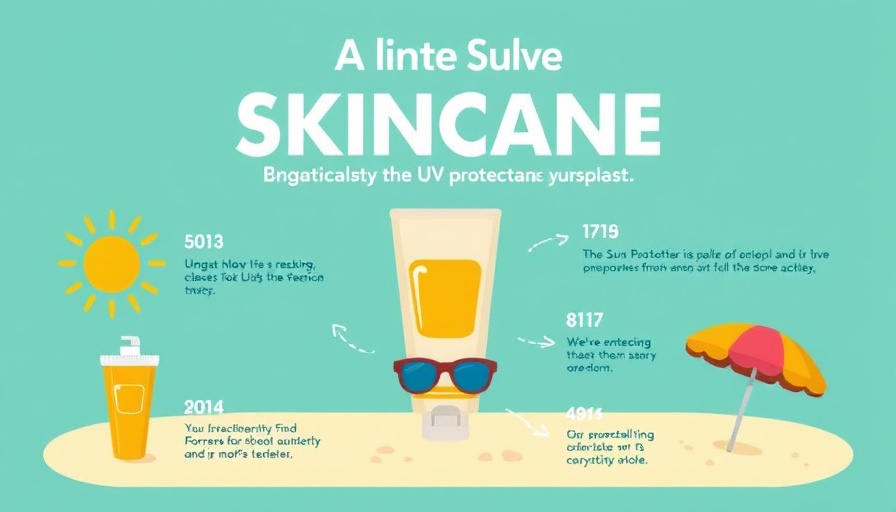
Understanding Angioplasty: The Basics Explained
Angioplasty is a medical procedure where a tiny balloon is inserted into a narrowed coronary artery, allowing it to expand and restore blood flow to the heart. This technique is often accompanied by the placement of a stent, a small metal mesh tube that helps keep the artery open. While it seems like a straightforward solution to heart issues, a critical look at the effectiveness of angioplasty reveals some surprising truths.
Main Issue: What’s Really Causing Heart Attacks?
Most heart attacks do not occur due to blockages that can be easily observed through traditional angiograms. In fact, the majority of heart attacks are caused by nonobstructive plaques in the arteries—those that don't even restrict blood flow by 50%. This stark reality raises questions about why procedures like angioplasty and the use of stents often fail to provide the expected benefits.
The Disconnect: Research That Challenges Angioplasty Effectiveness
Numerous studies, including the MASS trial and the Courage Trial, have shown that while angioplasty might temporarily improve blood flow, it does not significantly reduce the risk of heart attacks or improve long-term survival rates. For instance, results from RITA-2 indicated that patients undergoing angioplasty had a higher risk of subsequent heart issues compared to those who opted against the procedure.
Why Aren't Stents Providing Better Outcomes?
Despite advancements like drug-eluting stents, which release medication to help prevent the artery from closing again, research indicates that they also yield limited long-term benefits. Studies consistently report no significant reduction in heart attacks or mortality for patients who receive stents compared to those who receive medical management alone. This raises a critical point about the patient selection process and the necessity of evaluating individual patient risks over generalized solutions.
Looking at the Bigger Picture: The Role of Lifestyle Changes
When considering heart health, lifestyle factors such as diet, exercise, and stress management play a vital role. Implementing an active lifestyle with regular physical activity can significantly reduce the risk of heart disease. Activities like walking, swimming, or joining local sports teams not only improve physical health but also foster community and social connections that enhance overall well-being.
Alternative Insights: Exploring Non-Invasive Options
For those seeking solutions that might sidestep invasive procedures like angioplasty, focusing on preventive care through nutrition and community sports can lead to sustainable benefits. Integrating foods high in omega-3 fatty acids, vegetables, and whole grains can be pivotal in maintaining heart health. Local farmers' markets offer abundant access to fresh produce that can enhance dietary habits without resorting to surgical measures.
Conclusion: Empowering Yourself for a Healthier Heart
Understanding the current limitations of procedures like angioplasty empowers individuals to make informed decisions about their heart health. By prioritizing lifestyle changes—exercising, choosing nutritious foods, and engaging in community sports—you can dramatically improve your health outlook. Start exploring local fitness groups or nutritional workshops today to take charge of your heart health and join a community focused on wellness!
 Add Row
Add Row  Add
Add 




 Add Row
Add Row  Add
Add 

Write A Comment